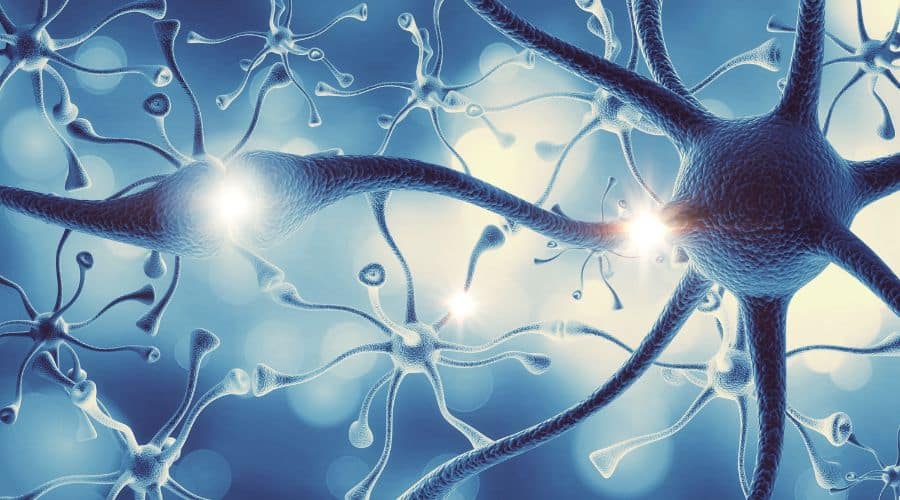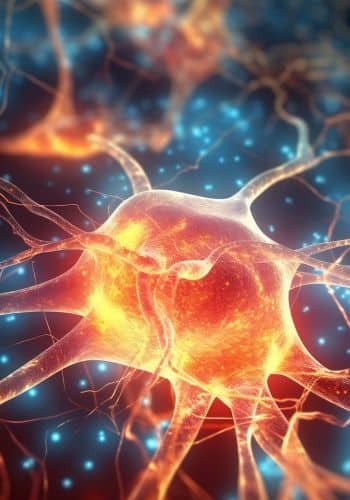Neuropathy
Our mission is to help people make better decisions about their health and add a little joy to their day. With Body Balance we will help you pursue growth & lifelong learning with honest & open communication channels.
how can physical therapy benefit someone with neuropathy?
Any form of neuropathy can benefit from neurological physical therapy. Damaged nerve transmission and sensation changes means the connections from the brain to the muscles and skin are not as strong. Physical therapy works by retraining the brain, nerves, and muscles to utilize remaining connections and assists in finding new pathways. Neurorehab, coupled with manual therapy, allows the nerves to remain as healthy as possible by improving joint and tissue mobility for better blood flow and innervation. This treatment approach addresses multiple areas contributing to neuropathy to improve muscle function, balance and safety.
Peripheral Neuropathy
The peripheral nerves make up an intricate network that connects the brain and spinal cord to the muscles, skin, and internal organs. Peripheral nerves come out of the spinal cord and are arranged along lines in the body called dermatomes. Typically, damage to a nerve will affect one or more dermatomes, which can be tracked to specific areas of the body. Damage to these nerves interrupts communication between the brain and other parts of the body and can impair muscle movement, prevent normal sensation in the arms and legs, and cause pain.
Request A Call Back from a Physical Therapist
If you’re not quite ready to book an appointment yet and have some questions you would like answered first, click the link below to complete a form to get the conversation started.


types of Peripheral Neuropathy
There are several different kinds of peripheral neuropathies that stem from a variety of causes. They range from carpal tunnel syndrome (a traumatic injury common after chronic repetitive use of the hands and wrists, such as with computer use) to nerve damage linked to diabetes.
As a group, peripheral neuropathies are common, especially among people over the age of 55. All together, the conditions affect 3% to 4% of people in this group.
Neuropathies are typically classified according to the problems they cause or what is at the root of the damage. There also are terms that express how extensively the nerves have been damaged.
Mononeuropathy
Damage to a single peripheral nerve is called mononeuropathy. Physical injury or trauma such as from an accident is the most common cause. Prolonged pressure on a nerve, caused by extended periods of being sedentary (such as sitting in a wheelchair or lying in bed), or continuous, repetitive motions, can trigger a mononeuropathy.
Carpal tunnel syndrome is a common type of mononeuropathy. It is called an overuse strain injury, which occurs when the nerve that travels through the wrist is compressed. People whose work requires repeated motions with the wrist (such as assembly-line workers, physical laborers, and those who use computer keyboards for prolonged periods) are at greater risk.
The damage to the nerve can result in numbness, tingling, unusual sensations, and pain in the first three fingers on the thumb side of the hand. The person may awaken at night with numbness in their hand or discover that when they perform activities like using a hair dryer, the numbness is more noticeable. In time, carpal tunnel injuries can weaken the muscles in the hand. You may also feel pain, tingling, or burning in your arm and shoulder.
Here are examples of other mononeuropathies that can cause weakness in the affected parts of the body, such as hands and feet:
- Ulnar nerve palsy occurs when the nerve that passes close to the surface of the skin at the elbow is damaged. The numbness is noted in the 4th and 5th digit of the hand.
- Radial nerve palsy is caused by injury to the nerve that runs along the underside of the upper arm and can occur with fractures of the humerus bone in the upper part of the arm.
- Peroneal nerve palsy results when the nerve at the top of the calf on the outside of the knee is compressed. This leads to a condition called "foot drop," in which it becomes difficult to lift the foot.
Neuropathy can affect nerves that control muscle movement (motor nerves) and those that detect sensations such as coldness or pain (sensory nerves). In some cases, it can affect internal organs, such as the heart, blood vessels, bladder, or intestines. Neuropathy that affects internal organs is called an autonomic neuropathy. This rare condition can cause low blood pressure or problems with sweating.
Polyneuropathy
Polyneuropathy accounts for the greatest number of peripheral neuropathy cases. It occurs when multiple peripheral nerves throughout the body malfunction at the same time. Polyneuropathy can have a wide variety of causes, including exposure to certain toxins such as with alcohol abuse, poor nutrition (particularly vitamin B deficiency), and complications from diseases such as cancer or kidney failure.
One of the most common forms of chronic polyneuropathy is diabetic neuropathy, a condition that occurs in people with diabetes. It is more severe in people with poorly controlled blood sugar levels. Though less common, diabetes can also cause a mononeuropathy.
The most common symptoms of polyneuropathy are:
- Tingling
- Numbness
- Loss of sensation in the arms and legs
- A burning sensation in the feet or hands
Because people with chronic polyneuropathy often lose their ability to sense temperature and pain, they can burn themselves and develop open sores as the result of injury or prolonged pressure. If the nerves serving the organs are involved, diarrhea or constipation may result, as well as loss of bowel or bladder control. Sexual dysfunction and abnormally low blood pressure also can occur.
One of the most serious polyneuropathies is Guillain-Barre syndrome, a rare disease that strikes suddenly when the body’s immune system attacks nerves in the body just as they leave the spinal cord. Symptoms tend to appear quickly and worsen rapidly, sometimes leading to paralysis. Early symptoms include weakness and tingling that eventually may spread upward into the arms. Blood pressure problems, heart rhythm problems, and breathing difficulty may occur in the more severe cases. However, despite the severity of the disease, recovery rates are good when patients receive treatment early.
Chronic inflammatory demyelinating polyneuropathy is a chronic form of Guillain-Barre in which the symptoms continue for months and even years. Early diagnosis and treatment is crucial for CIDP patients, 30% of which risk eventually being confined to a wheelchair.
Request A Free Discovery Visit
Are you unsure if physical therapy is right for you? Take advantage of our FREE discovery visits which help identify your issues and if we can provide help!
** Please note there is no treatment given during one of our discovery visits. These visits are designed to evaluate your needs and ensure we can offer the help you need.
what can cause Peripheral Neuropathy?
There are many factors that can cause peripheral neuropathies, so it is often difficult to pinpoint the origin. Neuropathies occur by one of three methods:
- Acquired neuropathies are caused by environmental factors such as toxins, trauma, illness, or infection. Known causes of acquired neuropathies include:
- Diabetes
- Several rare inherited diseases
- Alcoholism
- Poor nutrition or vitamin deficiency
- Certain kinds of cancer and chemotherapy used to treat them
- Conditions where nerves are mistakenly attacked by the body’s own immune system or damaged by an overaggressive response to injury
- Certain medications
- Kidney or thyroid disease
- Infections such as Lyme disease, shingles, or AIDS
- Hereditary neuropathies are not as common. Hereditary neuropathies are diseases of the peripheral nerves that are genetically passed from parent to child. The most common of these is Charcot-Marie-Tooth disease type 1. It is characterized by weakness in the legs and, to a lesser degree, the arms -- symptoms that usually appear between mid-childhood and age 30. This disease is caused by degeneration of the insulation that normally surrounds the nerves and helps them conduct the electrical impulses needed for them to trigger muscle movement.
- Idiopathic neuropathies are from an unknown cause. As many as one-third of all neuropathies are classified in this way.
